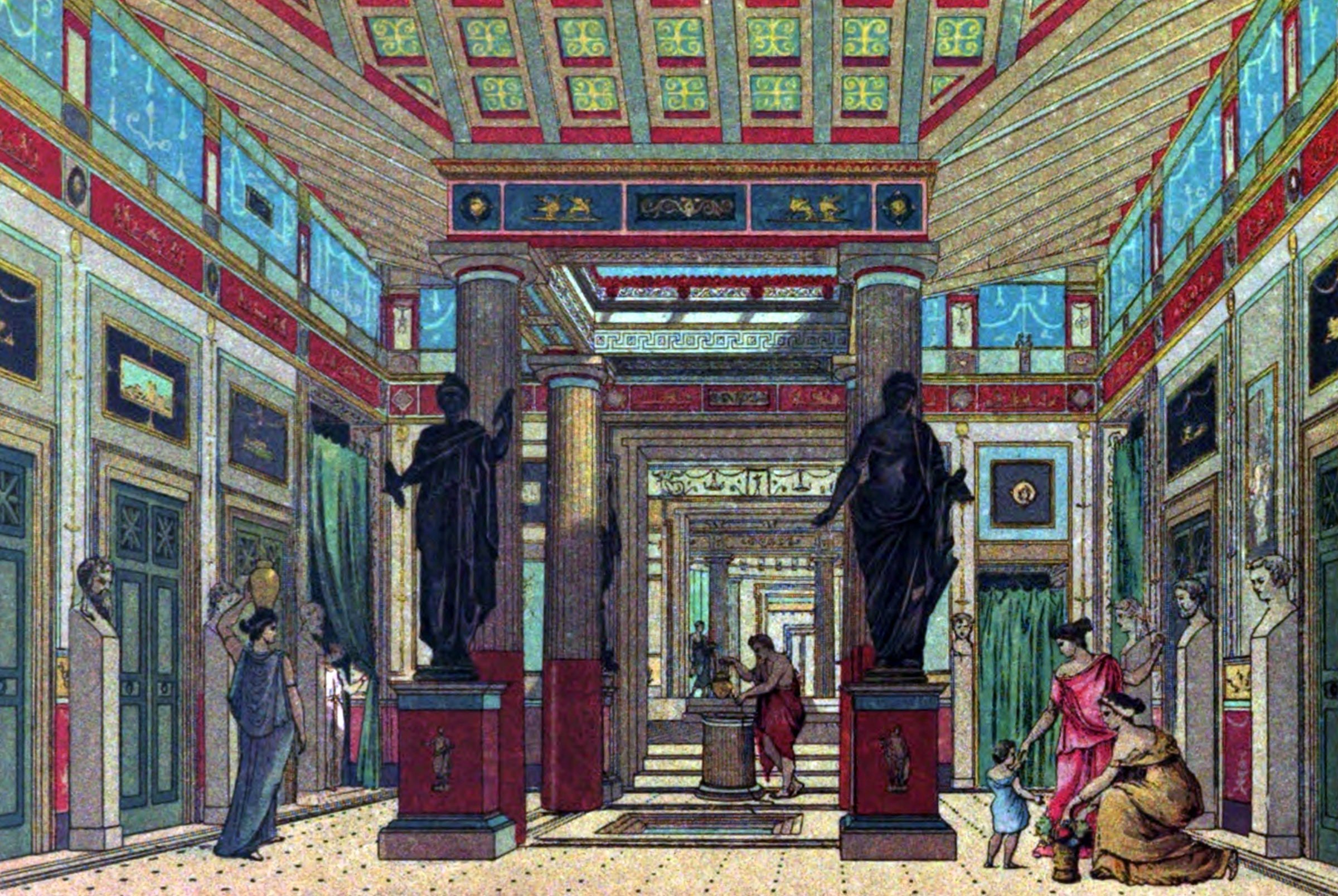
Augustus-Octavian
Gaius Octavian, the nephew of Julius Caesar, was born on September 23, 63 B.C. Octavian's father died when he was just 4 years old. As a result, he would be raised by his mother, Atia, who would make sure that he received the finest education possible. It would be his uncle, Julius Caesar, who would have the greatest influence on his life.
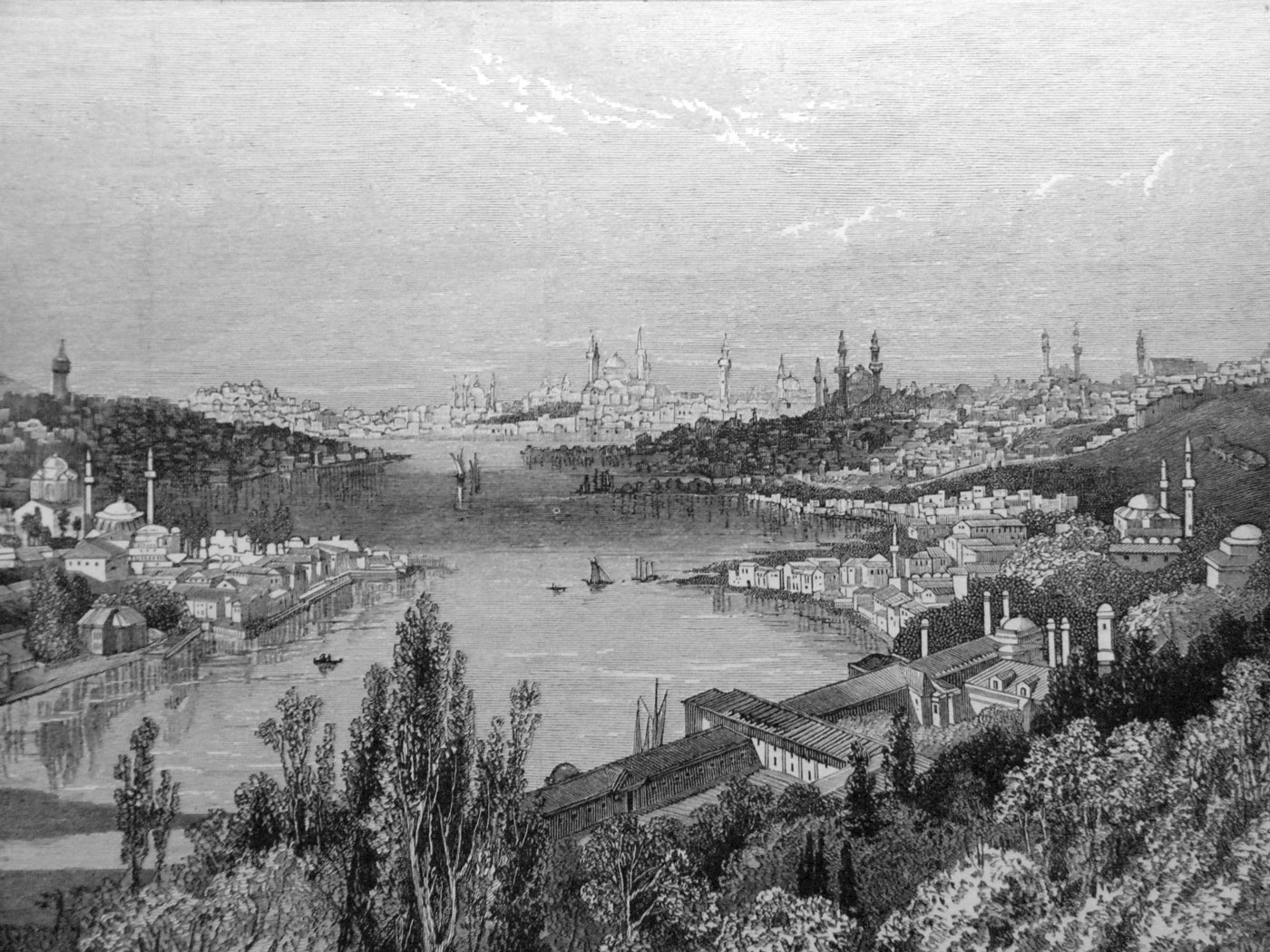
Byzantine Empire
By 300 A.D., the Roman Empire had become too large to provide security or manage. As a result, Roman Emperor Diocletian divided the empire into two parts. The western section was called the Latin Western Empire, and the eastern section became known as Greek Eastern Empire. After Diocletian retired in 305 AD, five men contended for the throne for several years. One of them was known as Constantine, and Constantine eventually became sole ruler of the Empire in 324 AD. One of the first things that Emperor Constantine did was move the eastern capital to the city of Byzantium.
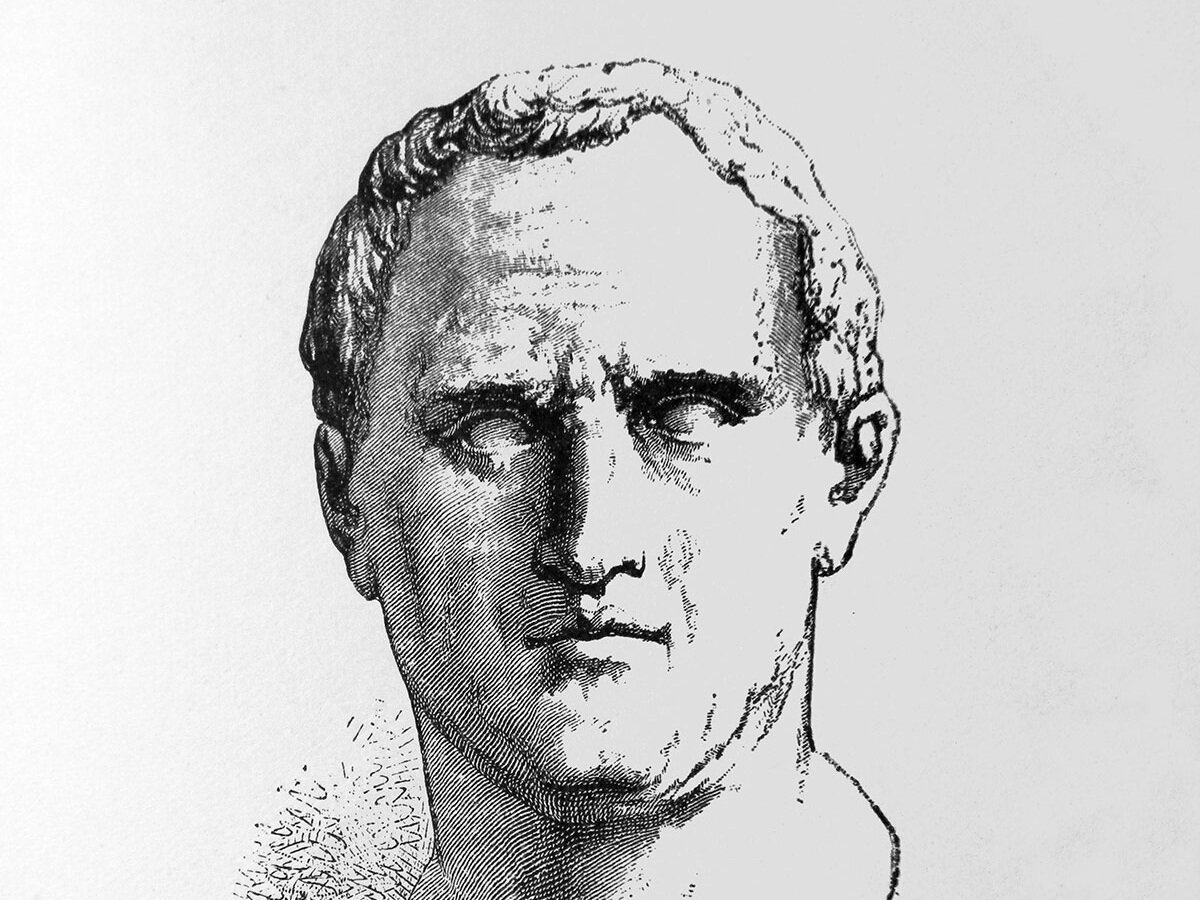
Cicero
Cicero is credited with using his knowledge of both languages to translate many of the Greek philosophical concepts into Latin. The result was that Greek philosophy reached a much larger audience. He was one of Rome's most famous orators. Cicero wielded enormous influence in the final years of the Roman Empire.
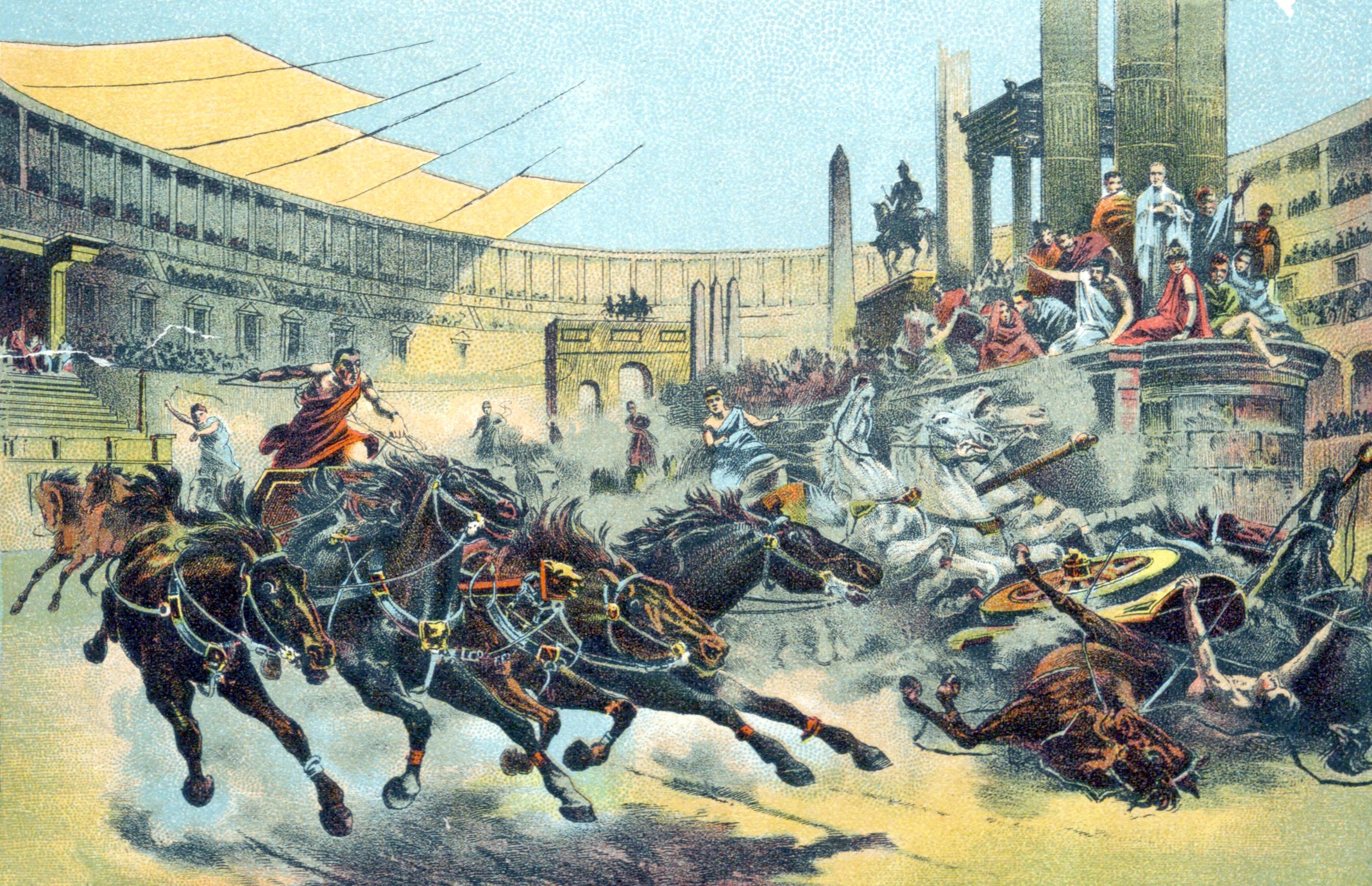
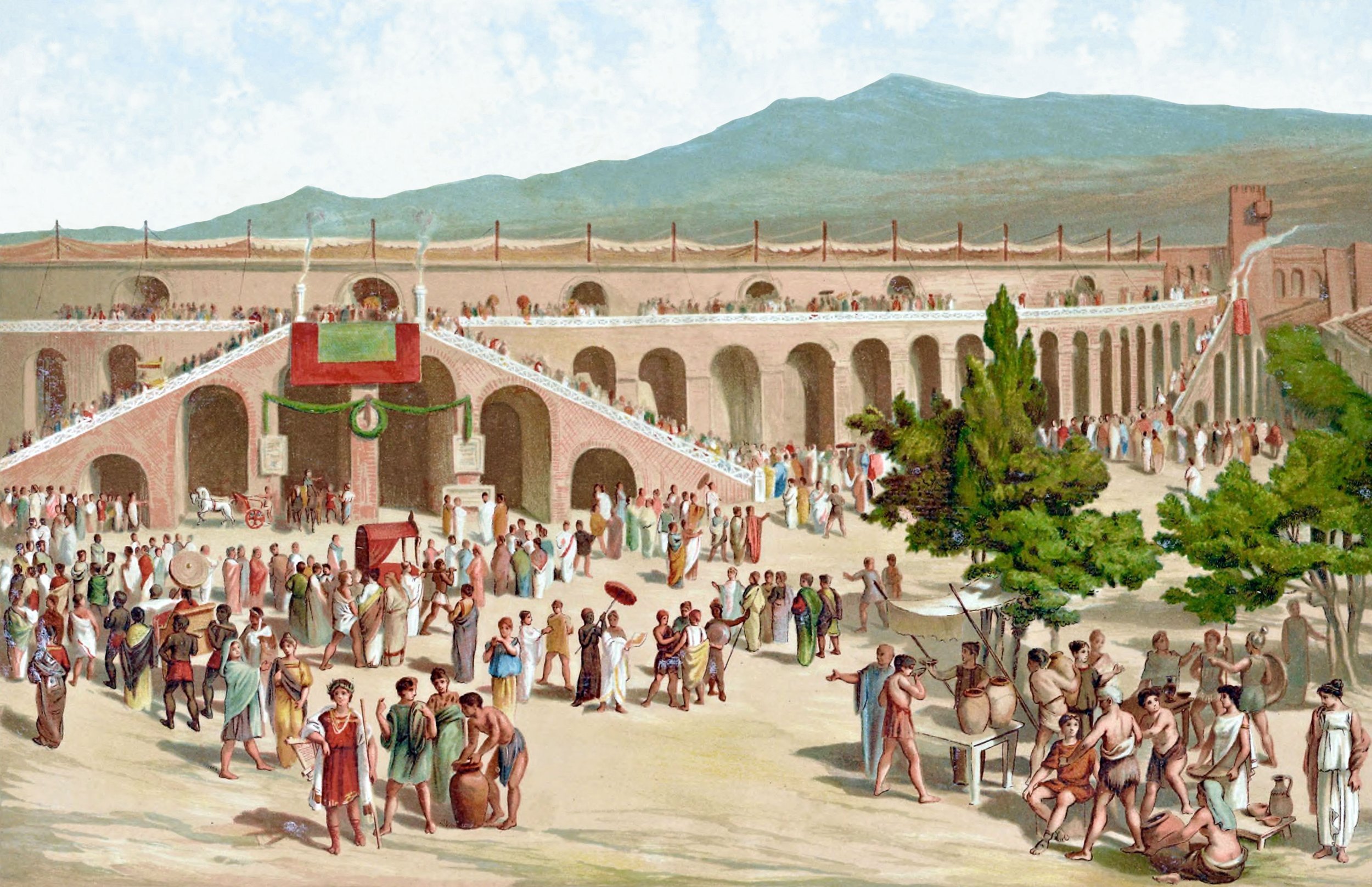
Daily Life in Ancient Rome
During the reign of Augustus (27 B.C.) 1,000,000 people lived in Rome. As you can imagine, the streets of Rome were jam packed with people, merchants, and horse drawn carriages. Historians tell us that it was very noisy 24 hours a day. However, most people did not go out at night because it was very dangerous. It was dangerous because unruly gangs roamed the streets at night. This was in spite of the fact that Rome had a huge police force.

Dividing the Roman Empire
After the death of Emperor Marcus Aurelius in 180 A.D., his son Commodus became the ruler of the Roman Empire. Commodus loved blood sports. Civil war broke out immediately after his death, as numerous military officers fought for control of the empire. After much strife, Septimus Severus emerged as the new Roman emperor. Severus ruled as a military dictator. Following his death, Rome was ruled the next 50 years by 26 emperors. Only one of these died of natural causes. During this time period Rome was always on the verge of collapse. This created an environment where civil war was constant. At the same time, the Roman Empire was being attacked by Germanic tribes on the northern border and the Persian Empire on the eastern border.
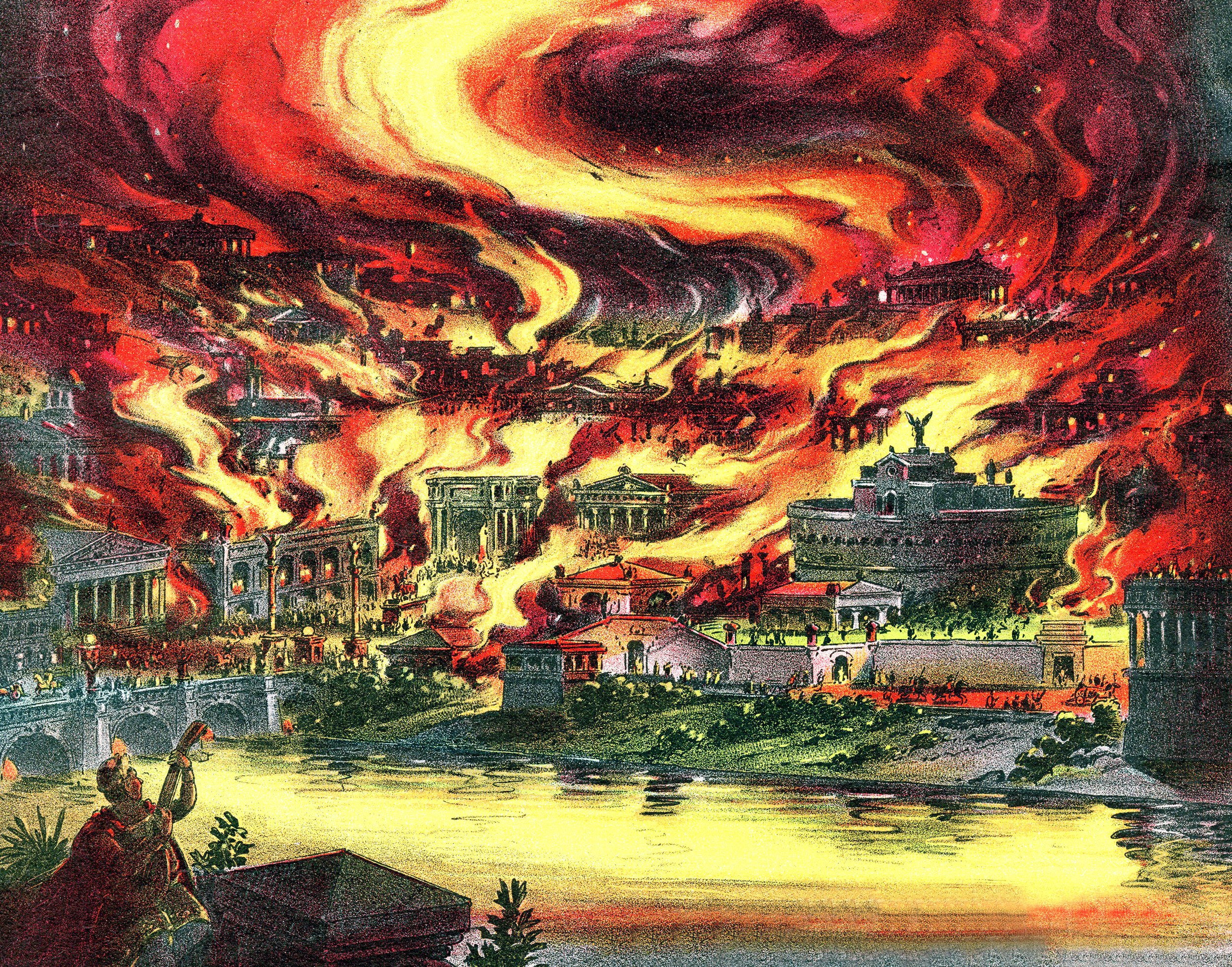
Fall of the Roman Empire
Historians tell us that the Roman Empire did not collapse, but instead it decayed over several centuries. Under the rule of Diocletian (285-305AD), the Empire had been deemed too large to govern. As a result it was divided into two parts, the eastern and western empires. Now, the western capital was in Rome and the eastern capital was in Constantinople (Byzantium).

Hannibal
At the outbreak of the Second Punic War, Hannibal assembled an army of 90,000 men for a march from Spain to Italy. Forty elephants carried their supplies. It was an amazing sight to see. After a short time, Hannibal decided to take his men through the snow covered mountains called the Alps.
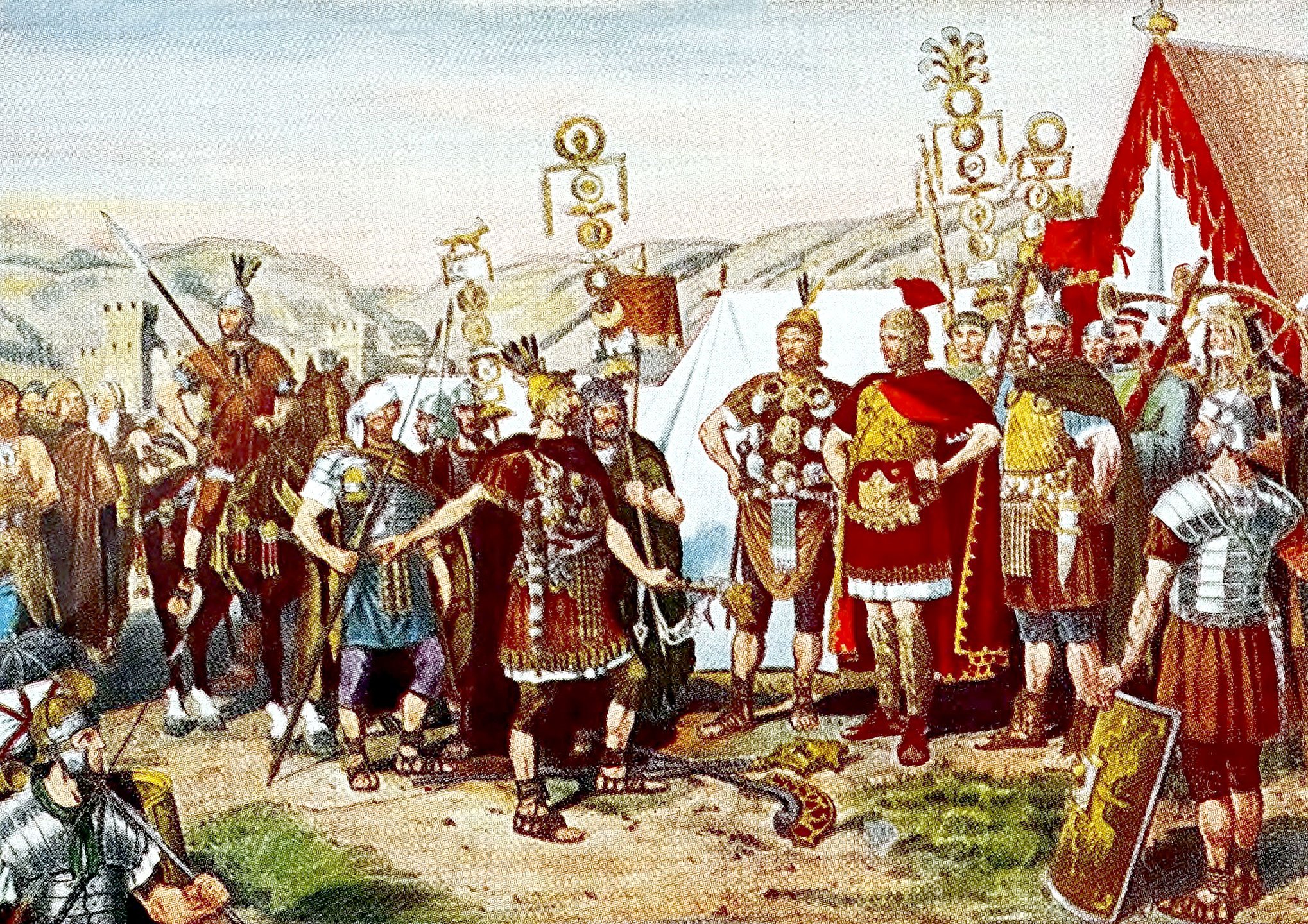
Julius Caesar
Caesar rose rapidly to the pinnacles of the Roman government. He held almost every important political office. First he was elected tax collector (quaestor) in 69 B.C., then in 65 B.C., he was elected to a post that placed him in charge of public buildings (aediles). In this post he gained in popularity because he spent huge sums of money on sporting events. Then in 63 B.C., he was elected to the highest religious position in Rome, ponitifex maximus.
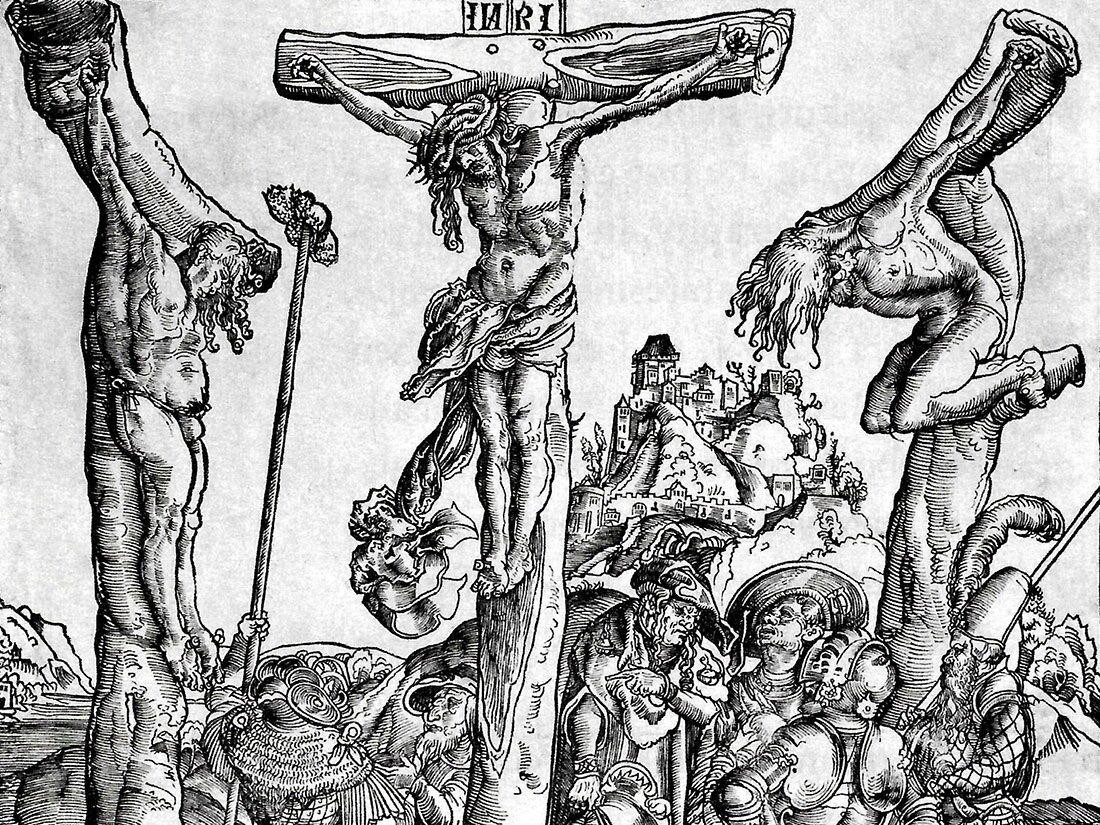
Rise of Christianity
Much of the early spreading of Christianity is attributed to the missionary Paul. Paul took the message of Jesus and spread it throughout the eastern portion of the Roman Empire. He preached for decades to Hellenistic Jews and Gentiles (non-Jews)alike. In all, Paul wrote 14 books in the New Testament. Paul was executed for his teachings by the Roman Republic in 65 A.D.
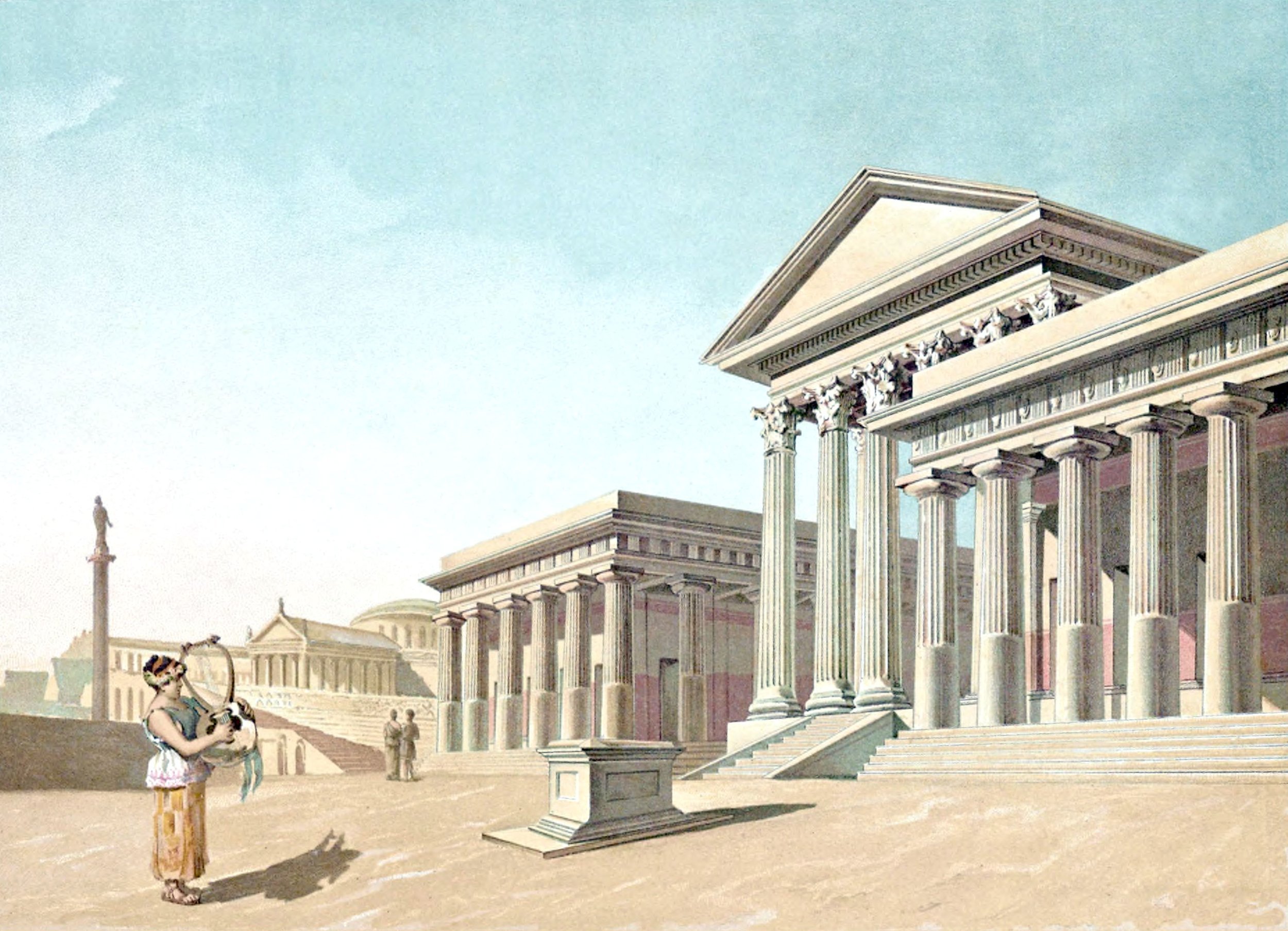
Rise of the Roman Republic
Roman history begins deep in a richly detailed legend by the Greek writer Plutarch in the 2nd century A.D. He tells us that Aeneas, the Trojan warrior, after surviving the pillaging and destruction of Troy, sails around the Mediterranean for several years before settling with the Latins on the Italian peninsula. After some time, Aeneas marries the daughter of King Latinus. Eventually, he becomes king.
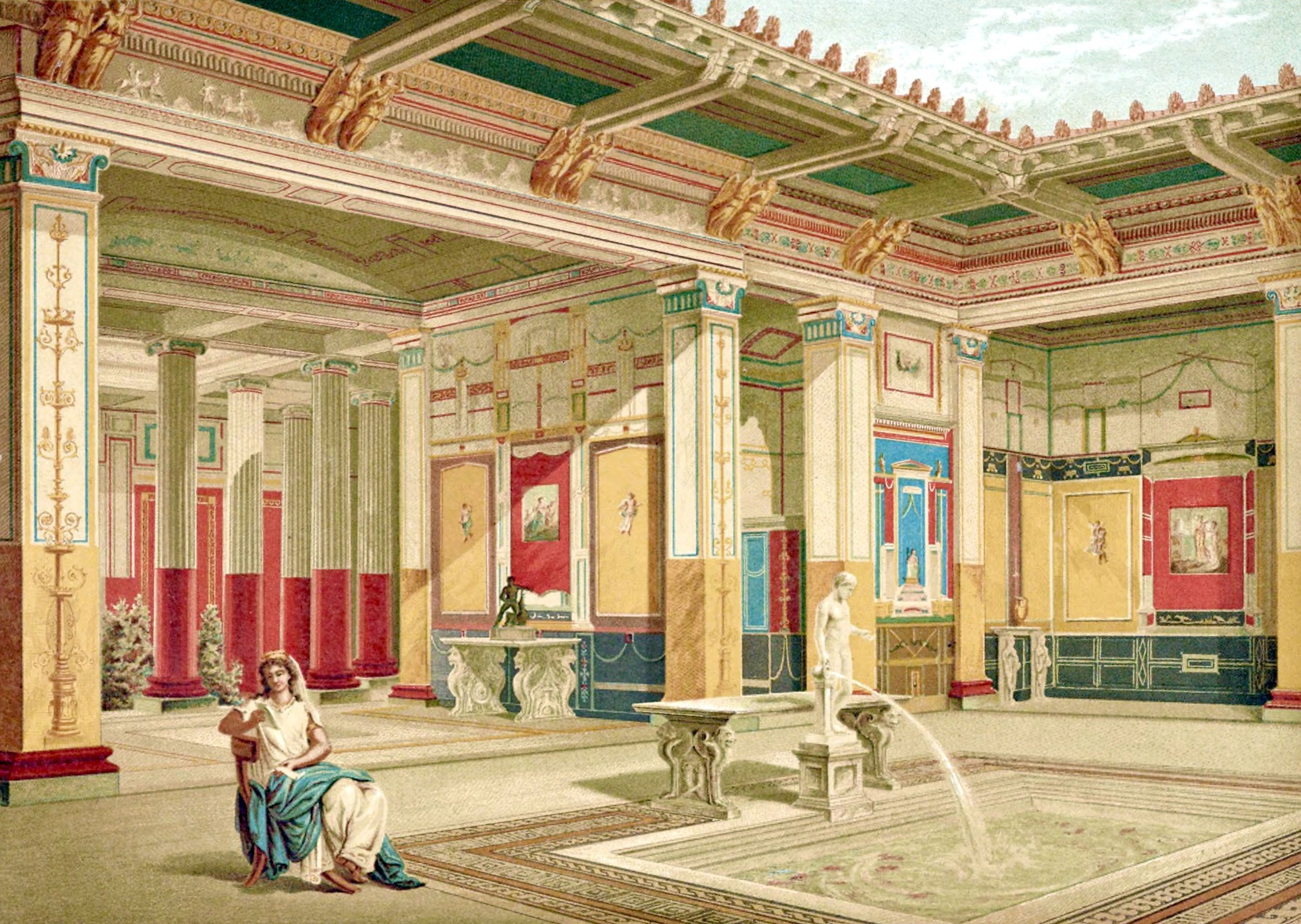
Roman Architecture
Up until the era of Julius Caesar, Rome lacked architectural tradition. Also, the architecture that did exist was of poor quality. Gradually, things started to change under Caesar. He expanded the Forum Romanum in 54 BC. However, his death put an end to renovations. What Caesar started architecturally, was continued on a greater scale under his nephew Augustus. Historians consider the architecture during the Augustus Age to be the finest in Roman history. It was the decision of Emperor Augustus to emulate Greek architectural designs. In addition, Augustus began the extensive use of marble and Corinthian columns.
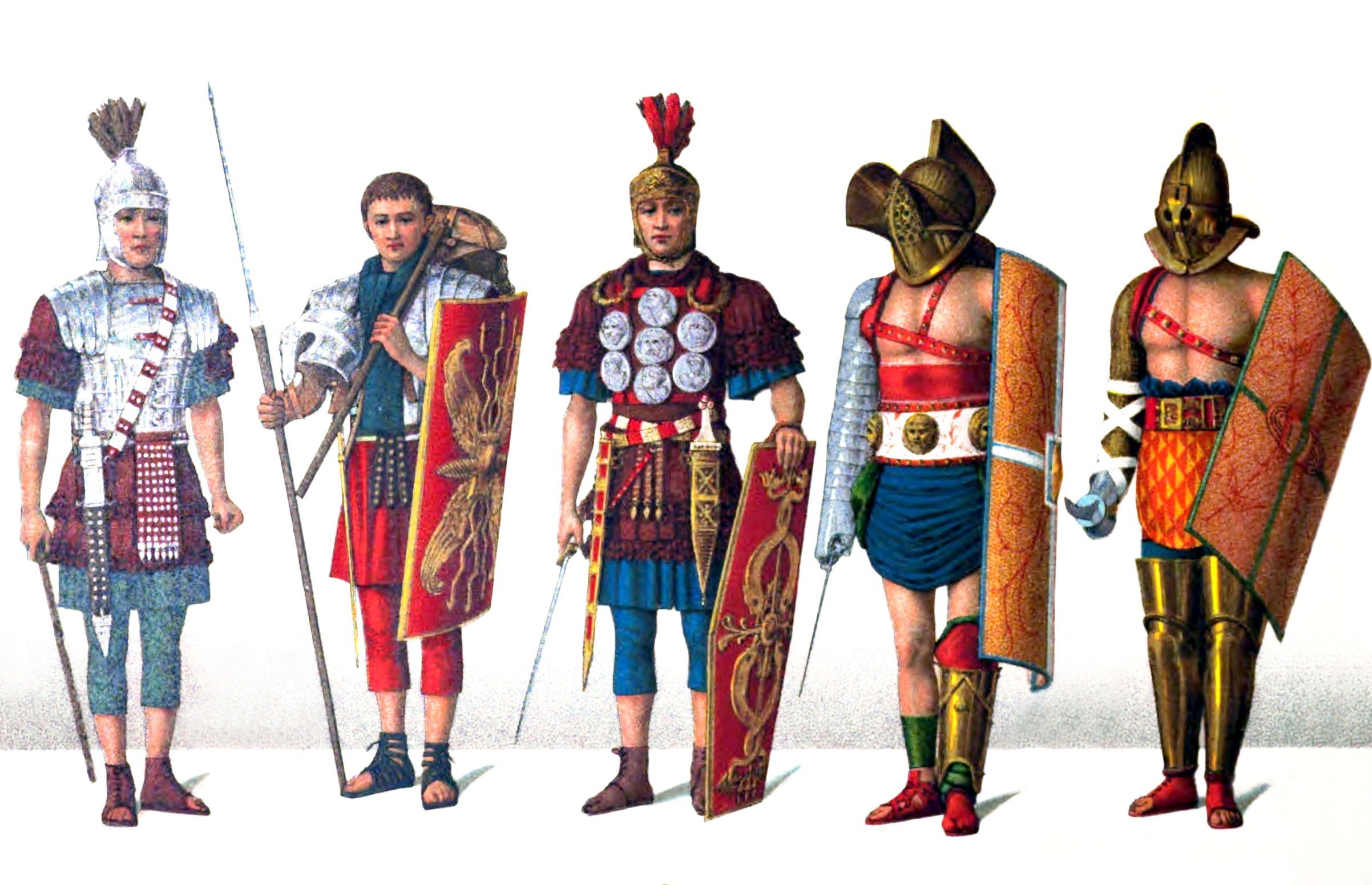
Roman Army/Military
Military strength was the backbone of the Roman Republic. Through its soldiers Rome was able to control vast territories, and entire civilizations. From the earliest of times, the Romans realized that training, and battlefield logistics gave them an enormous advantage over their enemies. At first, the army was organized into groups of 100 men called centuries. At this time the army was divided into various classes based largely on personal wealth and rank in Roman society.
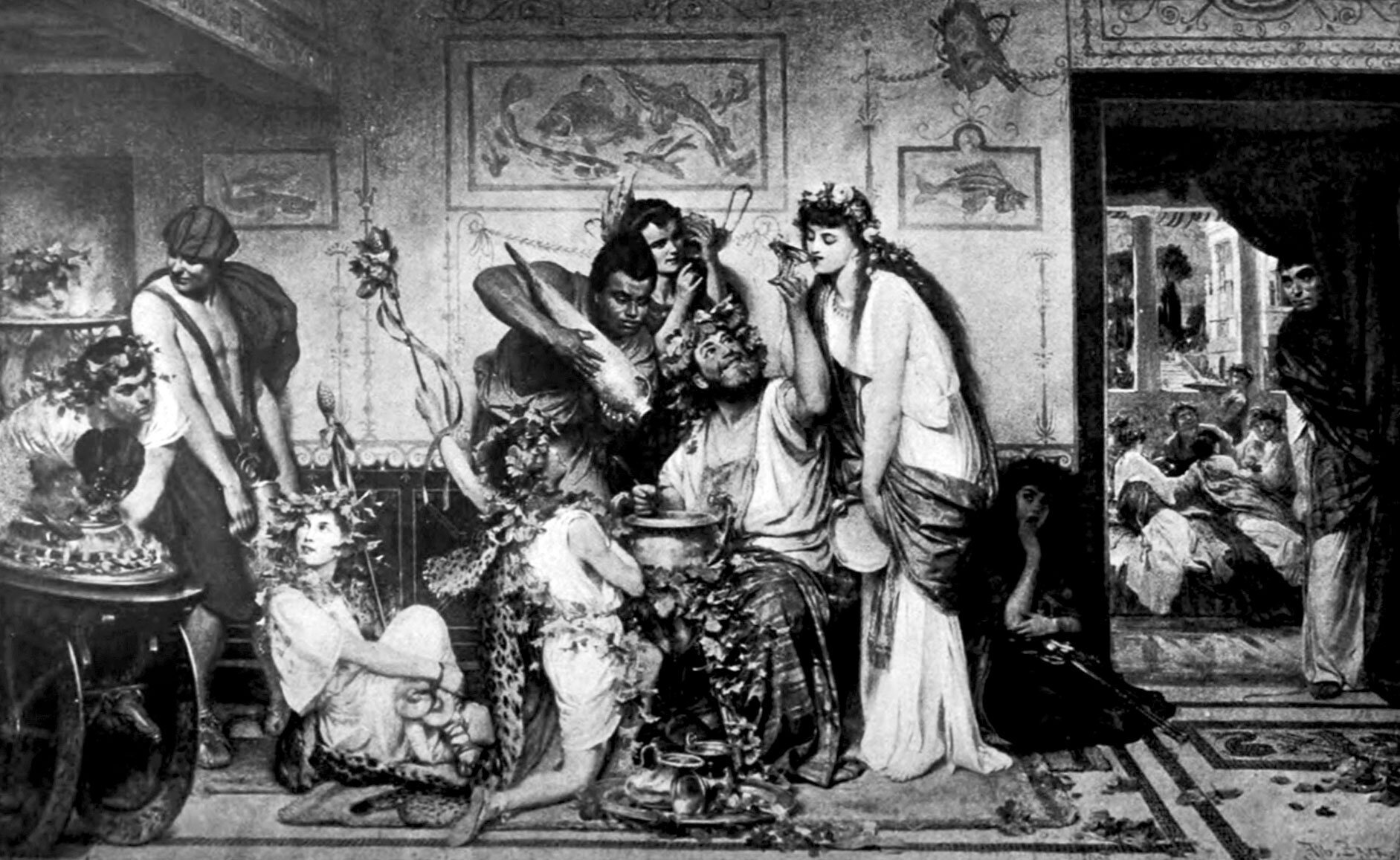
Roman Banquets
When we think of ancient Roman dining we envision people overeating until they got sick. This idea is further supported by the vomitorium rooms that were maintained in the coliseums. However, not all of the Roman citizens gorged themselves at lavish dinner parties. In fact, the average citizen did not participate in the endless cycles of eating and vomiting that we read about in history texts. This was largely do to the economics of this time period. Eating excessively was restricted to the rich because food was expensive and gorging would have required more money than the average peasant could afford. This especially applies to meat.

Roman Government
After the expulsion of the last Etruscan kings, a new form of government emerged in Rome. The Roman government was now a republic. In 509 B.C., only citizens in the new government had rights, and only the men who were born in Rome could be citizens. Everyone else was excluded. In Rome there were two classes of citizens. At the top of the social order were the patricians, who were wealthy land owning aristocrats. They were the only ones allowed to hold government offices or vote. The other class of people were called plebeians. These were the people that worked in the trades, as servants, and as farmers.
